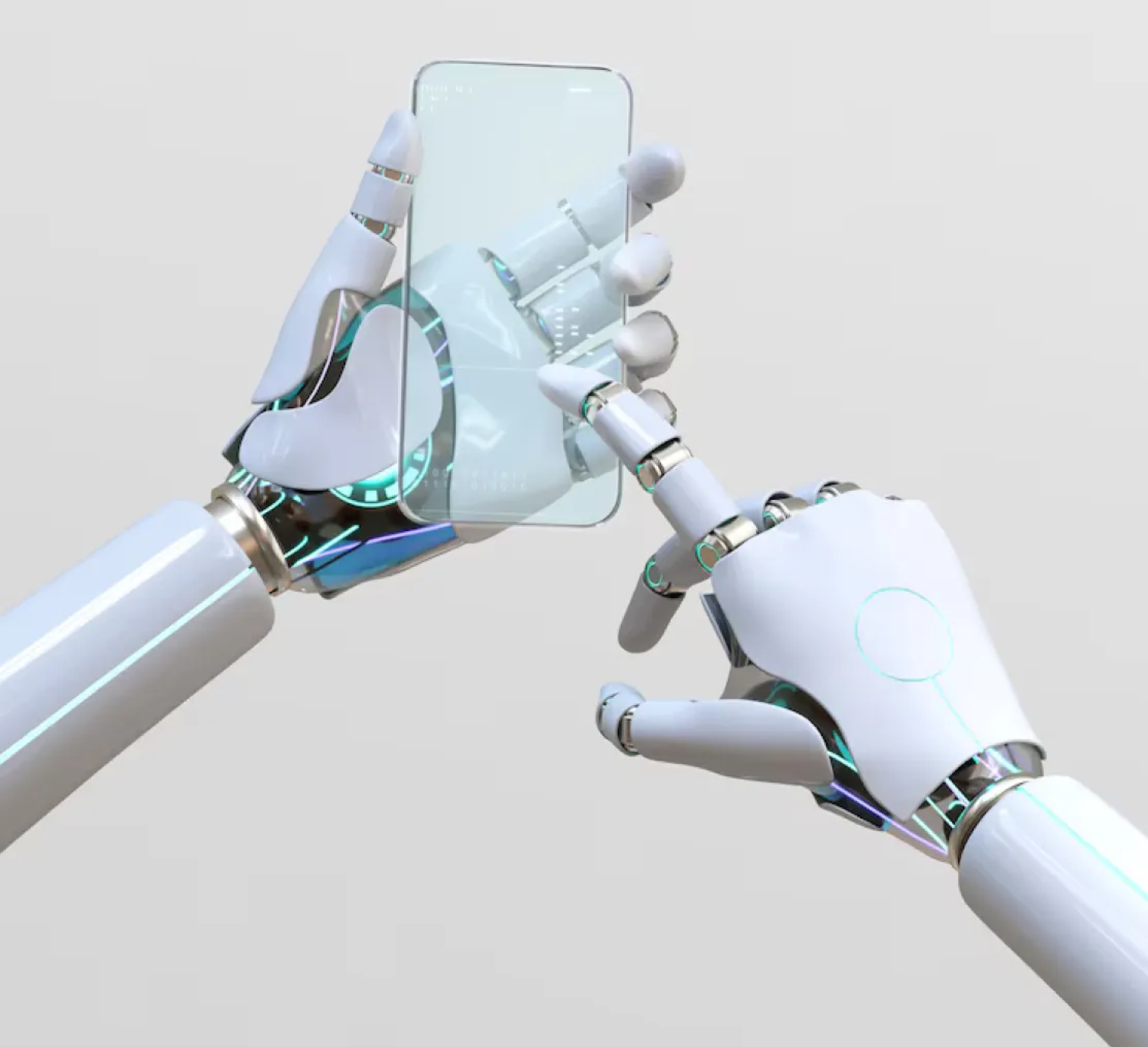







Explore how AI is reshaping the creative landscape, enhancing design workflows, and pushing artistic boundaries. The article delves into the benefits, challenges, and ethical considerations of AI in design, emphasizing the balance between human creativity and machine-driven efficiency. Read more about the evolving relationship between AI and design."

They say when all you have is a hammer, everything looks like a nail. In the world of artificial intelligence (AI), that hammer has suddenly gotten an incredible upgrade to Thor’s mystical Mjolnir — a powerful tool that can shape-shift into anything we can imagine. AI (just as Thor’s hammer) can be used both as a devastating weapon (destroying careers) and as a divine instrument to provide blessings (enhancing careers).
The question is, will we wield AI’s might wisely as a helpful utensil to expand our abilities? Or will we lean on it as an all-too-convenient crutch that ultimately makes us weaker?
In reality, even the most magical tools only shape the clay — human creators must mold it into something meaningful and cohesive.
Now don’t get me wrong, I’m interested in AI as much as the next design nerd. Like many, I had a classic “AI Ate My Brain” moment when playing with DALL-E, Midjourney, Adobe Firefly and Stable Diffusion (let’s see how well this article ages shall we - with all the new tools being released into the internet ether on the daily). I gawked, mouth agape, as these mystical text-to-image portals transmuted my verbal ramblings into photorealistic marvels.
“A planetary ring-world habitat with a cyberpunk megacity circumnavigating the equator!” I’d exclaim, and like a lucid dream, it would instantly materialize in gloriously trippy detail.
I was instantly hooked on this AI pixie dust — drunk on the promise that I could conjure ANY concept from the air with robotic ease. These were dangerous delusions of my own creative omnipotence.
You see, AI simplifies things so much that it momentarily lets even the most artistically clumsy, tumble into that age-old artistic ego trap. Where you believe your concepts alone are brilliant and complete — that the AI assistants can flawlessly materialise your fevered visions with no extra effort.
In reality, even the most magical tools only shape the clay — human creators must mold it into something meaningful and cohesive.
My AI-generated ringworld vomited forth mind-melting detail, sure. But the composition was haphazard, the narrative confusing, and the interaction ill-considered. It was creative stimulant more than solution.
When AI is effortlessly manifesting our subconscious whims, it becomes tempting to skip the hard work of research, ideation, planning, and refinement. Why bother iterating when I can generate a zillion options instantly?
It’s the classic creative hubris that great artists avoid — believing you can leapfrog the unglamorous process simply through blunt talent or innovative tooling. True mastery requires balancing inspiration with perspiration.
Even Thor’s magical mallet is worthless without the wisdom to guide its thunder.
That’s why the most impressive creative minds see AI not as a crutch for compensating weaknesses, but as a superpower multiplicatively expanding our natural abilities.
Visionary directors are leveraging AI image generation as a trippy moodboard for conceptualising mind-bending sci-fi films. Authors are using AI writing assistants not as manuscript ghostwriters, but as provocation engines to conquer writer’s block through generative ideation.
Product designers are harnessing AI in similar ways — as a tool for rapidly visualising and simulating interface flows, data-rich experiences, and multi-modal interactions that would otherwise require weeks of manual labor.
In the hands of skilled creators, AI assistants construct anti-rote agency. They offload tedious execution so teams can devote more brainpower to higher-order sense-making, storytelling, craft, and holistic experience choreography.
The key (and possibly, the challenge) is retaining your unique voice, your authenticity and perhaps most importantly, your humanity in the growing age of AI.
---
So, by all means, wield that AI hammer to smash through creative bottlenecks and unlock unseen possibilities. But don’t abandon the other tools in your kit — human assets like intellectual humility, strategic framing, nuanced context, and iterative refinement.
Because in the end, even Thor’s magical mallet is worthless without the wisdom to guide its thunder.